The 13 best landscape locations in Iceland for photographers
Iceland is a hugely popular destination for photographers – we asked pro photographer Kirk Norbury for his favourite shooting spots
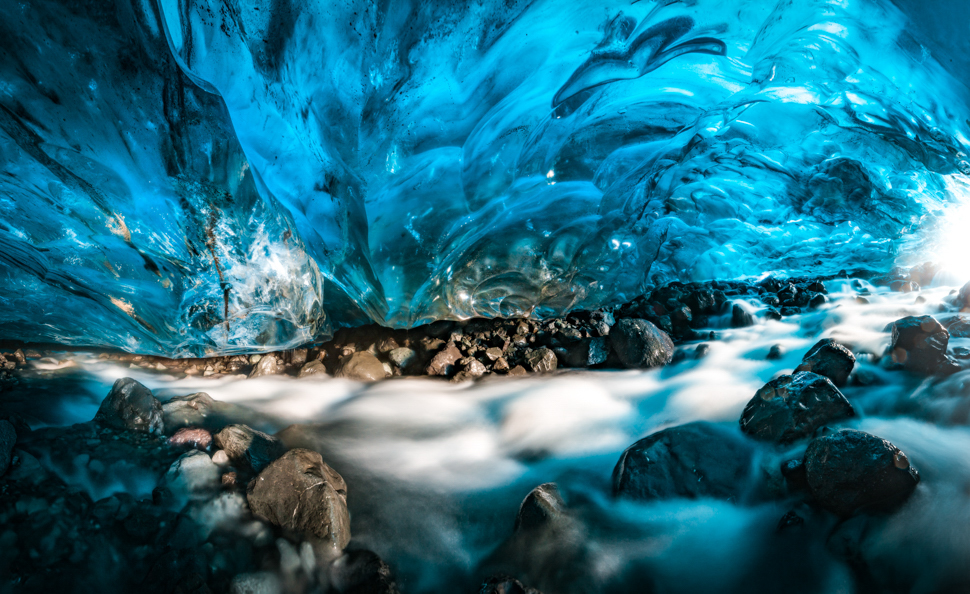
Iceland is a land of isolated beauty and full of natural wonders. Its abundance of glaciers, ice sheets, icebergs and volcanoes gave Iceland the nickname ‘Land of Fire and Ice’ and it’s one of the top top locations for photographers to visit.
In this article, I will go through my personal favourite locations that I feel that every nature photographer should visit.
1. Skógafoss waterfall
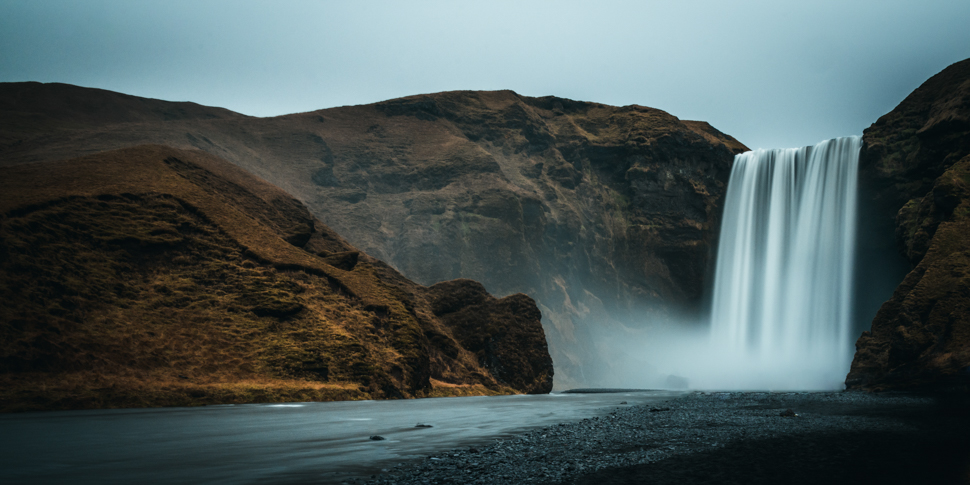
One thing you quickly notice is the frequency with which the word ‘foss’ is attached to other words. Foss means waterfall in Icelandic, and the country has thousands of them.
Located in the south of Iceland, Skógafoss is one of the most popular waterfalls due to its sheer size; its drop measures 200ft. Although it can attract large crowds I recommend staying if you can, as it can soon go very quiet as the coaches leave. Sometimes you will have the waterfall all to yourself.
There are many ways to photograph this waterfall. You can start at the bottom next to the Skógá river where, on a sunny day, there is a good chance that a rainbow will form. Just be careful getting too close as this waterfall creates a lot of mist and you can quickly get soaked.
There’s also a trail along the right-hand side of the waterfall that allows you to get a great side-on view, but watch out for the trolls! If you’ve been to this spot before you will know exactly what I’m talking about.
2. Jökulsárlón Glacier Lagoon
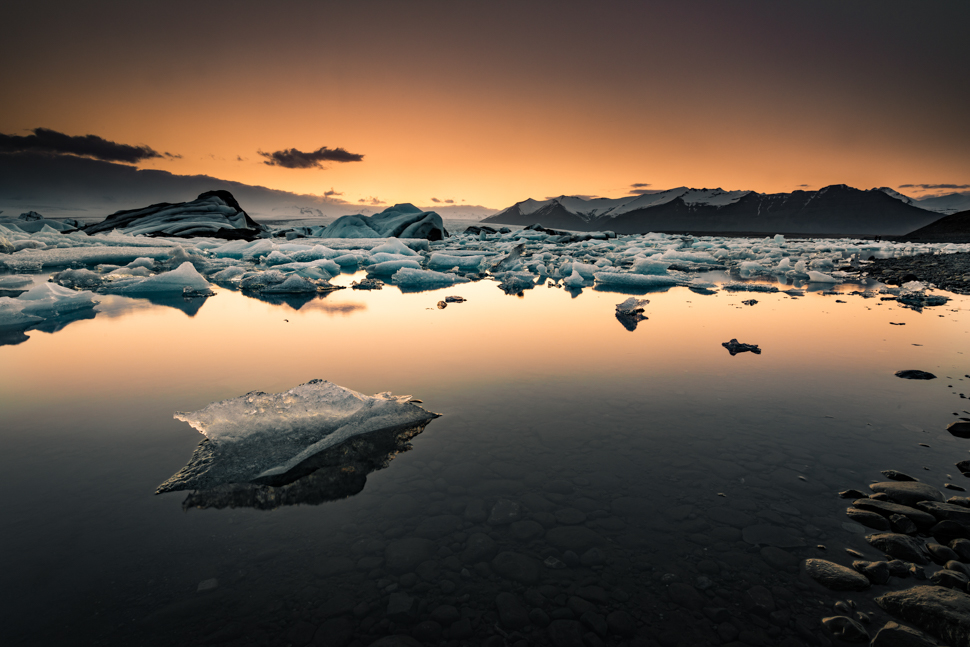
Jökulsárlón is a large glacial lagoon in south-east Iceland, on the borders of the Vatnajökull National Park. It evolved into a lagoon after the glacier started receding from the edge of the Atlantic Ocean, and with its never-ending landscape of floating ice your mind gets lost in its splendour.
Get the Digital Camera World Newsletter
The best camera deals, reviews, product advice, and unmissable photography news, direct to your inbox!
You could spend weeks at this location and never get bored – I know I could. I found the best times to visit were during sunrise and sunset, as the way the light dances though the ice and reflects all colours is just spectacular.
Keep an eye on your shutter speed when composing your images as a lot of the ice slowly moves around as it heads out to sea (just watch the ice while you’re setting up the shot to see how fast it’s moving).
Don’t forget to visit the black-sand beach where the lagoon meets the sea, as chunks of ice get washed up onto the black sands.
3. Vik
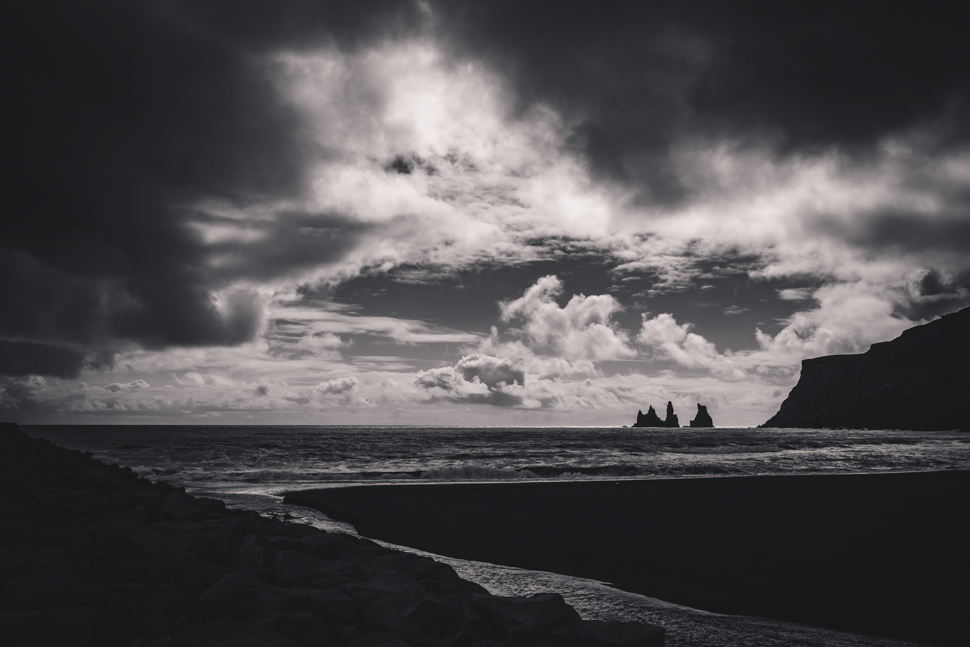
Vik is the southernmost village in Iceland, and also a great place for photographers to stop off for food or a good night’s sleep.
It’s also a wonderful place for taking pictures, with a great shoreline that has a cluster of sea stacks known as Reynisdrangar and a beautiful church on the north side of the village.
If you plan your trip during the summer months you’ll find a large amount of lupins grow around the church and other areas of the village.
4. Kirkjufell mountain
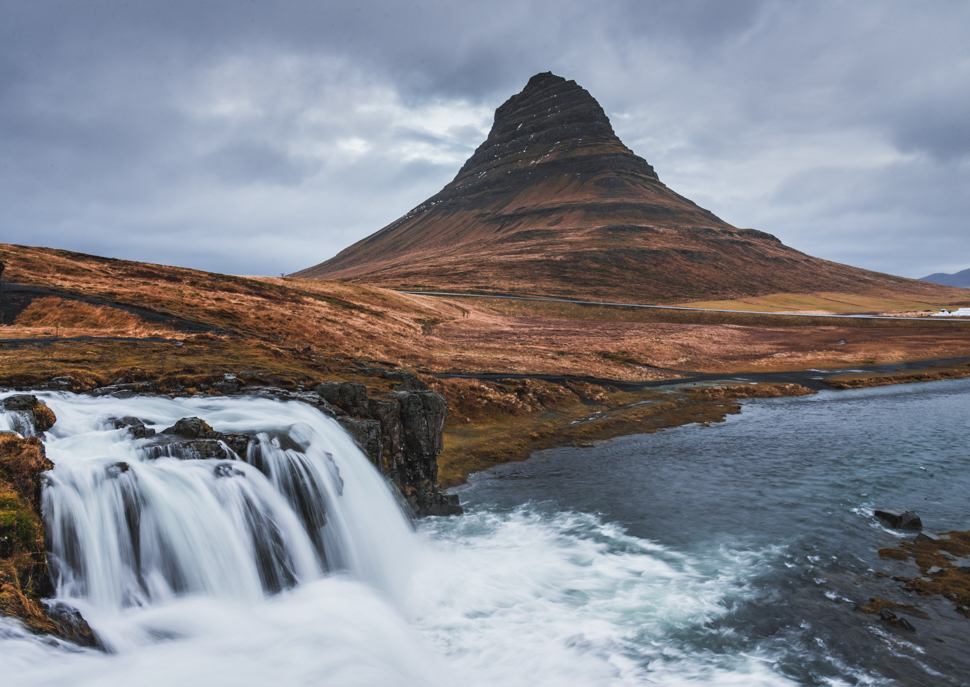
Found just outside the town of Grundarfjördur is probably the most photographed mountain in Iceland: Kirkjufell. The way this pyramid-shaped mountain juts out of the sea is nothing but spectacular and is definitely my favourite location to visit. That’s not just due to the fact that my first name is a part of this location, but it does help.
Grundarfjördur is found on the western side of Iceland, on the Snæfellsnes peninsula. Getting a similar shot to the one above is quite easy as there's a car park with a short walk to the nearby waterfalls.
This mountain can be photographed at all angles so don’t stick to where everyone else goes. Instead, try going down to the beach as it’s always quiet and a great place for reflections.
5. Vestrahorn
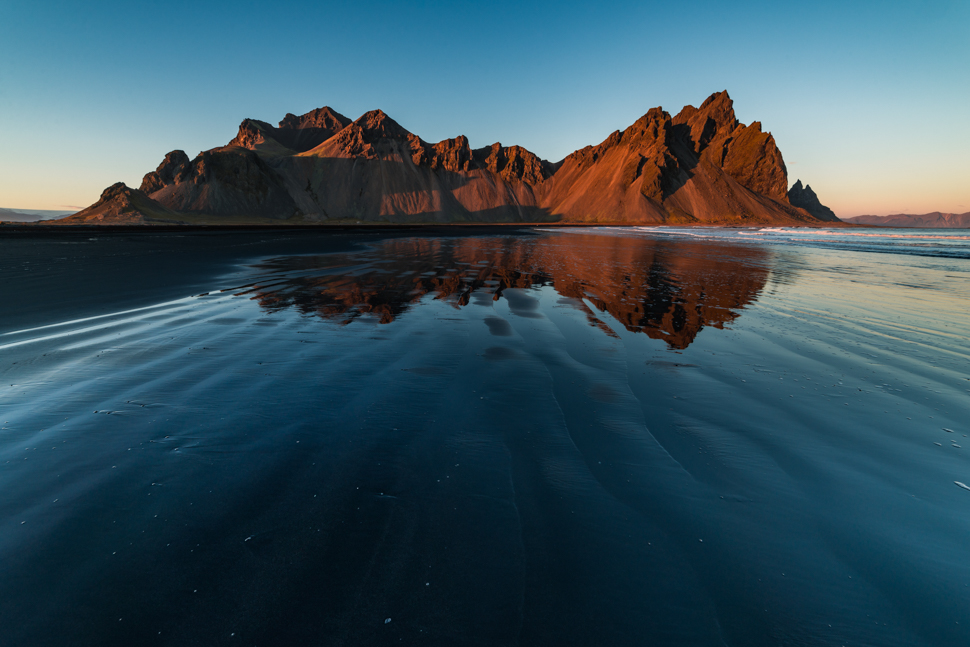
Carrying on with our theme of mountains, my next favourite to photograph are the mountains found at Vestrahorn, in the area of Stokksnes.
This is at the far south-east of Iceland, near the town of Hofn, and it's a location that can be visited at any time of day. Even at night, you're guaranteed some amazing images.
The surrounding area is pretty flat so this mountain range looks like it appears from nowhere, spiking out towards the sky. The black sand dunes make for great foreground elements, especially dunes with grass on them.
You can also venture down to the beach and try to get some reflections of the mountains, which is what I did in the image above; I waited for the tide to bring the water past my feet so I could get a clean reflection as the water retreated.
Due to the size of this mountain range you will need to use your widest lens to get the whole range in your shots. I used a 14mm lens for many of my images.
6. The Black Church at Búdir

Churches in Iceland are nothing like you would find anywhere else. Each one has its own characteristics and style, and the location setting is never the same. One thing they all have in common is that they are all stunning to photograph.
One that really stands out to me is the black church found at Búdir, which can be found on the south side of the Snæfellsnes peninsula. It's not too far from the sea and the surrounding landscape makes this location very photogenic.
Winter is my favourite time to photograph this church, especially if there is any snow on the ground as the contrast between the white snow and black church works wonders for a more compelling image.
